
Hello, there! It’s very nice to meet you!!
I am Ryo Deguchi, the new ambassador for 3 months starting in June 2021 at Sharehouse Hidamari Mitaka run by Hidamari!
As the ambassador, I’m doing the following:
・Sharing daily life at the sharehouse mainly through Instagram
・Publishing an article each month
And, this is my first article!
Starting today, I’m going to make a three-part series of articles on each of these three themes.
1. My thoughts on Hidamari after spending a month here
2. Relationships with the residents living in the sharehouse
3. My thoughts on being an ambassador
The table of contents for my first article is as follows.
1. Introduction about myself
2. What is Hidamari?
3. Secret story about Hidamari
4. About Sharehouse Hidamari Mitaka
5. My experience after spending a month here
6. My opinions, who have lived in communal life for 10 years, on how to choose a sharehouse
Let’s begin with the introduction about myself!
Introduction about myself
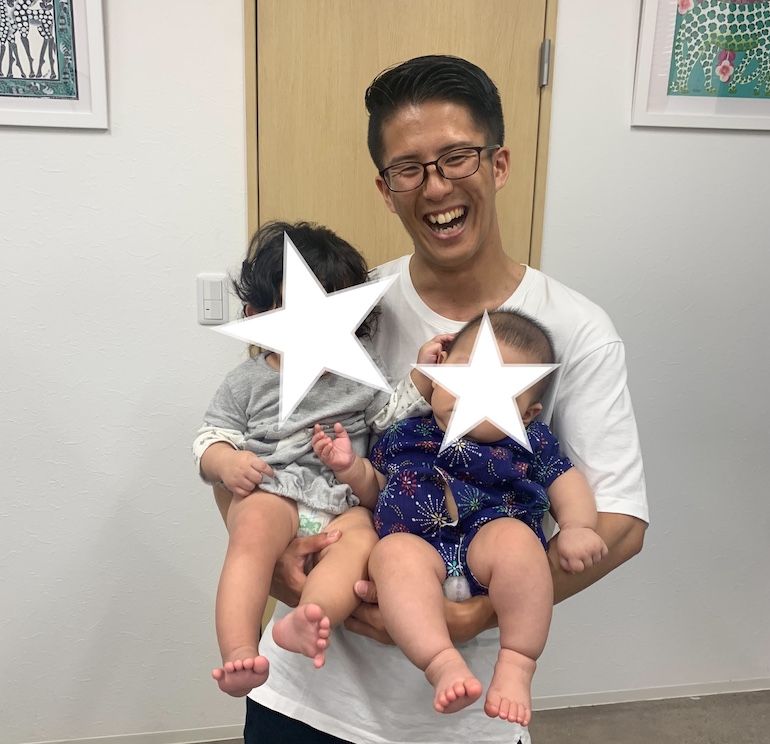
Once again, I’m Ryo Deguchi, the ambassador of Sharehouse Hidamari Mitaka. I was born in 1992 and there aren’t many famous celebrities from my generation.
I was born and raised in Beppu, Oita Prefecture, famous for hot springs, and went to a college in Kumamoto.
I first met Hayashida-san (aka Rinta-san) and Taku-san, the co-presidents of Hidamari, at an event in Kumamoto in the summer of my junior year of college.
At the time, the two were running sharehouses only in Kumamoto, and this ambassadorship thing has reunited me with Taku-san for the first time in over seven years!
Anyway there are only a few people who come to Tokyo from Kumamoto, so it was a great pleasure to see Taku-san again.
Going back to my story, I moved to Tokyo when I started working, and this year will be my seventh year living in Tokyo.
In fact, I have about 10 years of experience in communal life, such as living in a dormitory while in school, living in a sharehouse, doing room-sharing and etc…
In terms of time, I realized that I spent about 3/4 of my life with someone for a long time.
I feel confident that I can live with any person (LOL).
I’m doing double work:
・Public relations on weekdays at a Tokyo-based company with a daycare center and clinic
・Free personal trainer at other times
I love running and working out at a gym. I also meet or call people in my spare time since I love to interact with people.
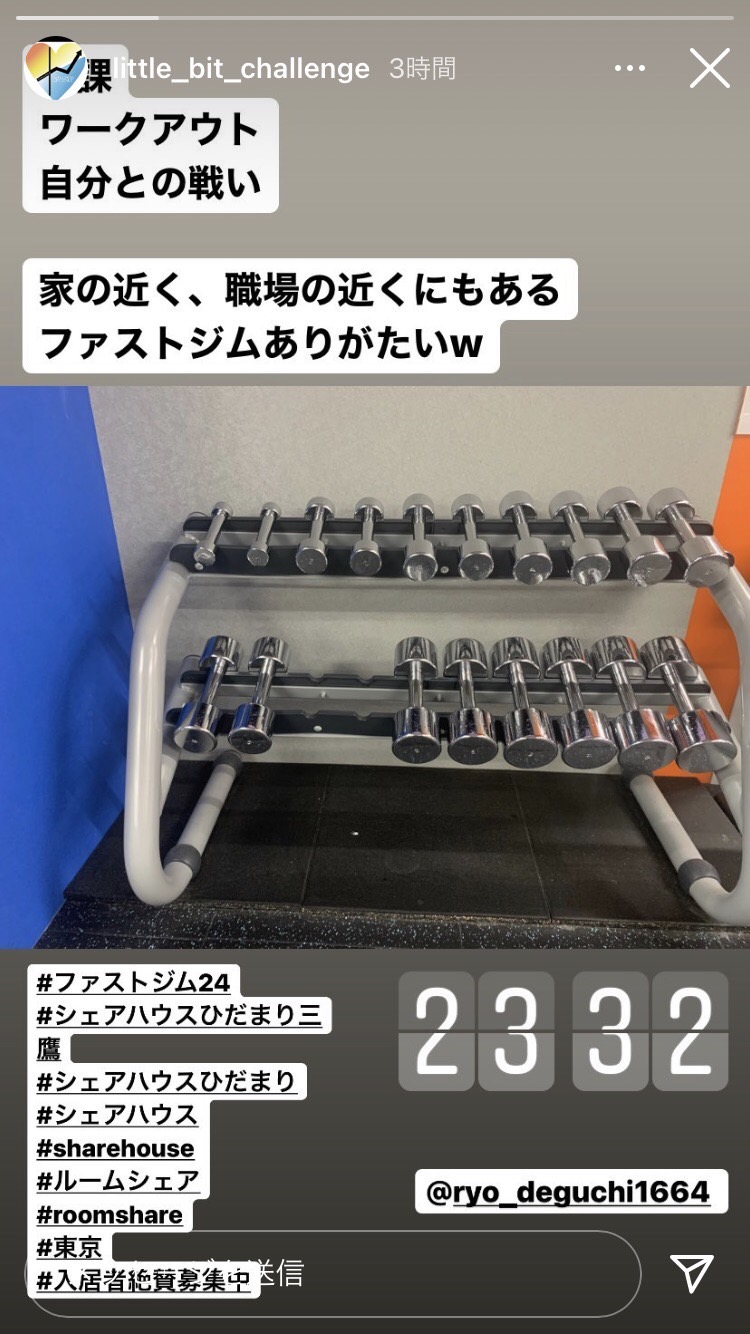
My introduction ends here, and I would like to talk about Hidamari from the next chapter.
→InstagramRyo Deguchi’s Instagram
2. What is Sharehouse Hidamari?
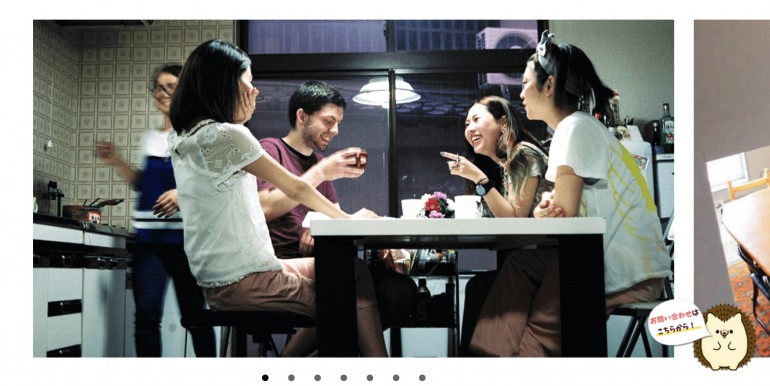
Hidamari is a sharehouse management company that started in Kumamoto about 10 years ago and now manages/runs more than 40 sharehouses in various areas, such as Kumamoto, Fukuoka, Tokyo, Yokohama, Kamakura, and others.
Hidamari is neither family nor friend, but it is a subtle community that has a relationship like you have with your family and friends.
3. Secret story about Sharehouse Hidamari

This time, I interviewed Hayashida-san and Taku-san, the co-presidents of Hidamari, about the secret story of how Hidamari got started.
Hayashida-san’s original experience will be included in this episode, which was very interesting and is described briefly here.
The story goes back to the early 2000s, Hayashida-san had a hard time adjusting to high school and apparently stopped going school in the first year. The only thing he looked forward to was participating in high school club activities to which his childhood friends belonged.
He enjoyed going to new places and meeting new people through off-school activities that cannot be experienced at school.
Gradually, he started enjoying meeting people and was able to attend high school, of which he had been out since his sophomore year.
From there, he also studied hard and decided to go to college.
Soon after he went to college, a childhood friend asked him if he wanted to be a comedian with him.
From Hayashida-san’s point of view at the time, he was very happy that they bought his communication skills, but after thinking seriously about his future, he decided not to do it.
However, at the same time, he admired people who were going after their own dreams and what they wanted to do, and he felt the need to do something for himself.
Then, he took a leave of absence from school and decided to travel around Japan and to do dance, which he had always loved. During his travels, he stayed at guesthouses exclusively. At the time, guesthouses were still not very well known in Japan, but that even made him more curious.
People of various occupations and ages stayed at guesthouses, and he was impressed by the fresh encounters with the people he met there, as well as the various values and ways of thinking he experienced through drinking and talking with them during his stay of a few days to a week.
From there, he set out on a round-the-world trip just to visit guesthouses.
He went out into the world and met more and more interesting people every day. He realized he has people who he want to call “friends” or “family” all over the world.
After returning to Japan, when he thought about his career path, the first thing that came to his mind was to manage and run guesthouses that he had seen and felt while traveling around Japan and the world.
However, when he was having a hard time feeling comfortable with the term “guesthouse,” he came across the term “sharehouse. He intuitively thought, “This is what I want to do!”
Today, if you ask 100 people, 90 of them would know about “sharehouse,” but at the time, the term and the existence of such word was not popular, and there was only one sharehouse in Kyushu area.
When he encountered that word, he couldn’t even get through his graduate studies, which he had been working on, and from there, he decided to create Hidamari.
The word “Hidamari,” which you are probably wondering about, has a warmth to it, and they want to increase the number of people who shine through Hidamari. This episode was born because Hayashida-san has always valued encounters and relationships with people.
By the way, Hayashida-san approached Taku-san, the current co-president, when he decided to start a sharehouse, and the two were friends from a dance club in college.
Taku-san was one of the most “nice” people in the dance circle, and replied “I’ll do it” as soon as Hayashida-san asked him to join.
Hidamari’s philosophy is to create relationships where people’s values are mixed together and where people become aware of their own value through communication and a slightly mysterious community.
I will enjoy my sharehouse life from now on with the feeling of this philosophy.
Sharehouse Hidamari Mitaka
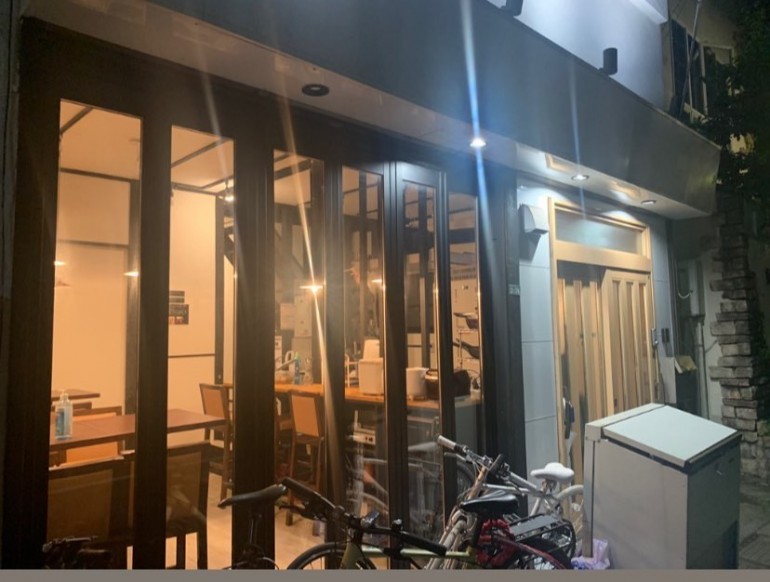
Now let’s move onto the main topic, the sharehouse I’m living in this time is “Mitaka” in Tokyo.
By the way, I have a question for you. What kind of image do you have about Mitaka?
In fact, I had visited Mitaka only once since I came to Tokyo.
The only image I had about Mitaka was “Inokashira Park” and “Ghibli Museum.”
However, when you actually live in Mitaka, of course, the above two spots are extremely popular places even among Mitaka residents, or even people living in Tokyo.
But since I am living here, I would like to write a report on the stores and other places near the sharehouse from the second post.
Five minutes past Mitaka Station, there is a quiet residential area and many parks and shrines, including Inokashira Park, making it a very comfortable place to live.
The area near the station as well as the residential area is well-developed. There is an OZEKI, a popular supermarket among housewives and men who like cooking, bookstores, massage parlors, 100 yen stores, restaurants, and bars. Moreover, there are many public bathhouses that are open until midnight, which is great for people who love sauna.
It is well said that “Home is where you make it.” Mitaka is a very good place to live.
5. My experience after spending a month here
Because we all are still in the corona pandemic, I am not actively communicating with the residents at the sharehouse, but I will share my impressions of Sharehouse Mitaka as of now.
① Stylish shared-spaces
The first thing I must mention is the shared-spaces. This is also the space I fell in love with at first sight when I first visited the sharehouse.
There are the living room and kitchen that look like a corner of a cafe, and the wood carving-based design is very stylish.
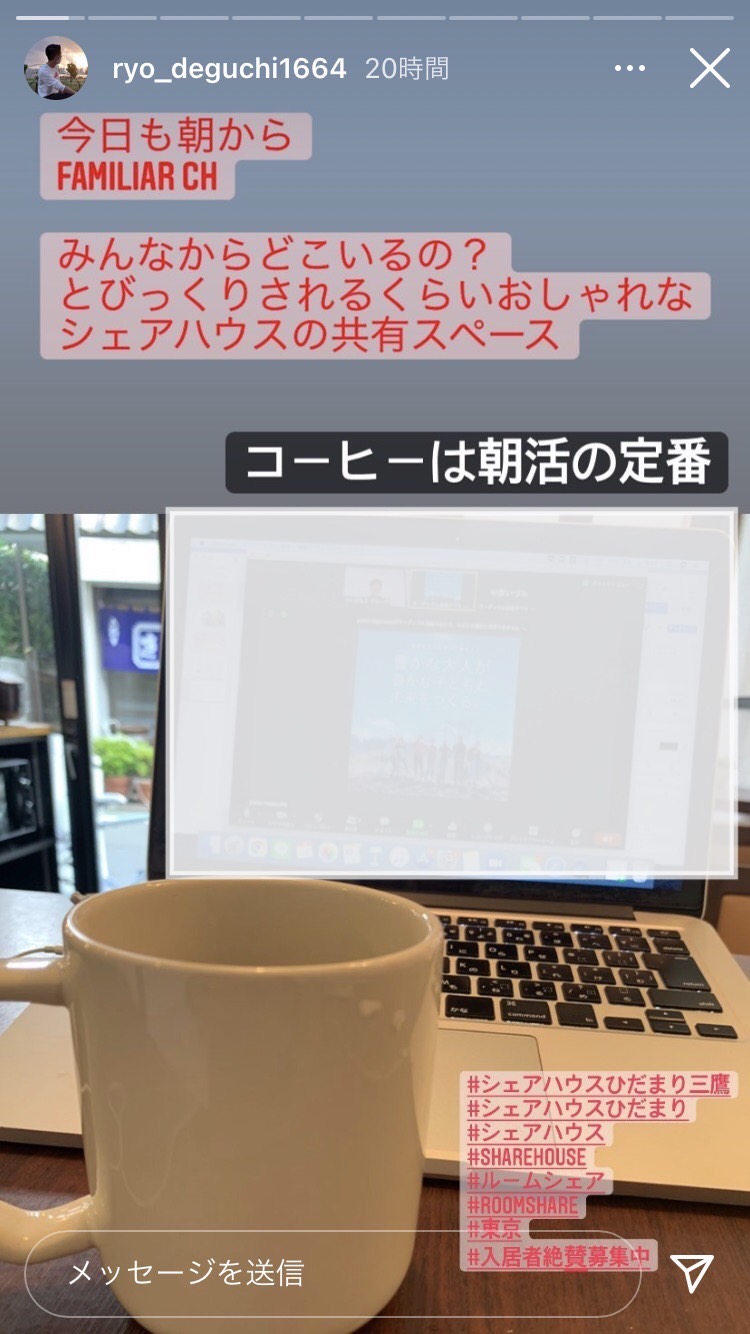
Mitaka has a number of restaurants that pops up here and there as you walk through the residential area. They have an appearance that it would not be an exaggeration to say, “This is a café.”
However, the stylish appearance also has a drawback: the living room can be viewed from outside, so the residents’ private areas are in full view.
I am pretty sure I am often seen by people outside since I often work from home.
By the way, I have a friend who lives near the sharehouse. When I told my friend about this sharehouse, she said, “I’ve always been curious about that building, which is completely visible from outside!” So, it was quite a surprise.
Actually, the sharehouse might be a famous place among the residents in the neighborhood of Mitaka…(LOL). I realize that I can’t do anything strange here.
I love this café-like atmosphere of this shared-spaces. When I have online work to do, I basically make a cup of coffee and sit in a chair with great sunlight.
② Relationships of the residents at the sharehouse
You may have the impression that many people of various ages and occupations live in a sharehouse, and Mitaka is just like that.
One thing that caught my attention was that more than half of the 15 residents living in the sharehouse are working in entertainment and video/film fields or are students. I wondered why and asked one of the residents, and it seems that there are many famous video companies in Nakano and Mitaka area.
So naturally, people who live in the sharehouses here in Mitaka tend to be people working in that kind of fields. (This just my guess.)
But anyway I’m in a different field, and other residents have different occupations…so please don’t mind! (LOL)
③ Easy to cook
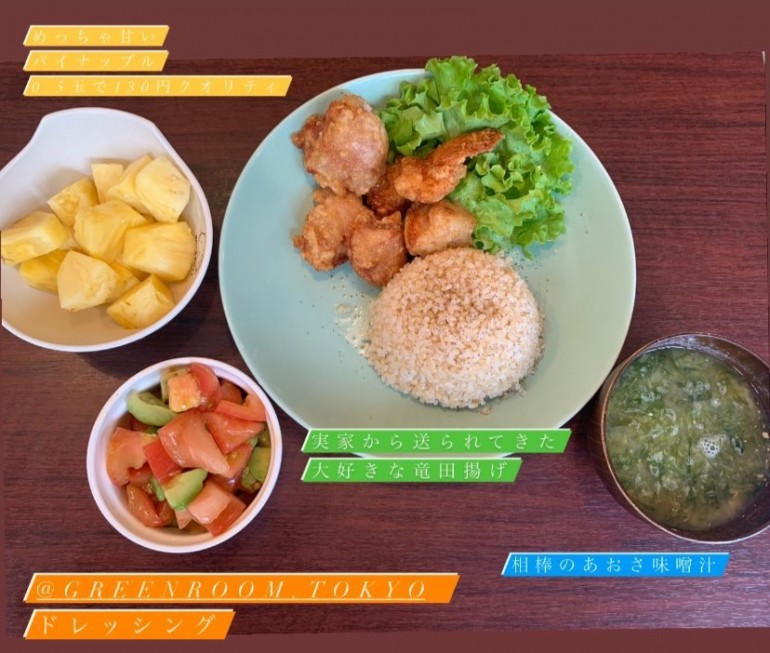
This may be a must-see for those who love cooking, but even though this sharehouse has only 2 induction-heating stoves, the kitchen is spacious.
Although there only 2 induction-heating stoves, but a wide variety of pots and pans is available. I roughly counted more than 10 pots and pans…(LOL)
I am sure that some of them might have been left by someone, but for those who enjoy cooking, like me, it is nice to have a variety of pots and pans.
The plates are IKEA, which are totally Instagrammable. Thanks to IKEA, my dishes look really great…(LOL)
I’ll never get tired of cooking with this kitchen!
This is my impressions after spending roughly one month here. Through the experience of the remaining two months, I would like to share many attractive points of the sharehouse that are yet to be seen.
Opinions from me, who have lived in communal life for 10 years, on how to choose a sharehouse

As I mentioned at the beginning of this article, I have been living with someone for almost 10 years, which is 1/3 of my life. 4 years at a student dormitory with 100 people during college, 6 years after I started working (3 years for room-sharing and 3 years at a sharehouse).
Lastly, as an appendix to this article, I would like to write about the topic of “how to choose a sharehouse,” which seems to be more in demand.
Each sharehouse has its own unique characteristics, and just like choosing a house, there are certain points you should be aware of.
This is basically based on my experience, so this is by no means everything. Please take it as just one of many opinions.
First of all, conditions that often come into mind when choosing a house/apartment are like:
・Rent
・Floor-plan
・Distance from the nearest station
・Exposure to the sunlight
・Type of kitchen
・Type of bathroom
When choosing a sharehouse, the necessary question that goes along with the above is, “What is the concept (purpose) of the sharehouse?”
I personally think this is the most important condition, which is no exaggeration to say. Some sharehouses are run by individuals, but recently many are run by companies like Hidamari.
So, “What concept they had in mind when they created this share house?” or “What kind of concept they have when they run/manage the sharehouse?” I think this is very important to know.
Regarding Hidamari, as I mentioned in “2. What is Hidamari?” and “3. Secret story about Hidamari,” the concept of the sharehouse I used to live in was “a sharehouse where we can improve each other.” Therefore, most of the residents were entrepreneurs and freelancers.
The concept of the sharehouse run by my friend is “a sharehouse where people can become a family,” so some of the residents cook and eat meals together every day.
Strangely enough, people tend to get together based on a concept, so sort of like “Birds of a feather flock together,” people with similar purposes and interests are attracted to each other.
Therefore, once you have a list of reasons for living in a sharehouse or a concept you are interested in, it should be easier to narrow down what you are looking for at a sharehouse, or in other words, the conditions for choosing a house/apartment written above.
For example, let’s say that the most important point in living in a sharehouse is “to keep the rent at a minimum”. Inevitably, a sharehouse whose concept claims to offer low rent would be your choice.
In this case, there may be some disadvantages, such as thin walls for individual rooms, lack of shared-spaces, and the residents must take a turn for cleaning.
The feature of the sharehouse I used live in, whose concept is “a sharehouse where we can improve each other.,” is that its shared-spaces had partition walls.
In addition, each of us could hold meetings, and we could invite our clients for social gatherings at meal times, making it a place where we could stimulate each other.
As you see, depending on a concept, daily life in a sharehouse will change. If you are looking for a sharehouse, we recommend that you define your concept before going to house viewing.
Summary: Don’t miss my next article!
I talked a lot for the last appendix, but that’s all for my first article.
Please don’t miss my next article!!!
If you’re more curious about what’s going on now, please check out Instagram!
https://www.instagram.com/p/CTtNafNvIHG/?utm_source=ig_web_copy_link















